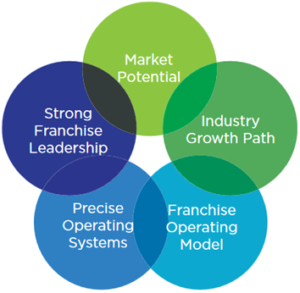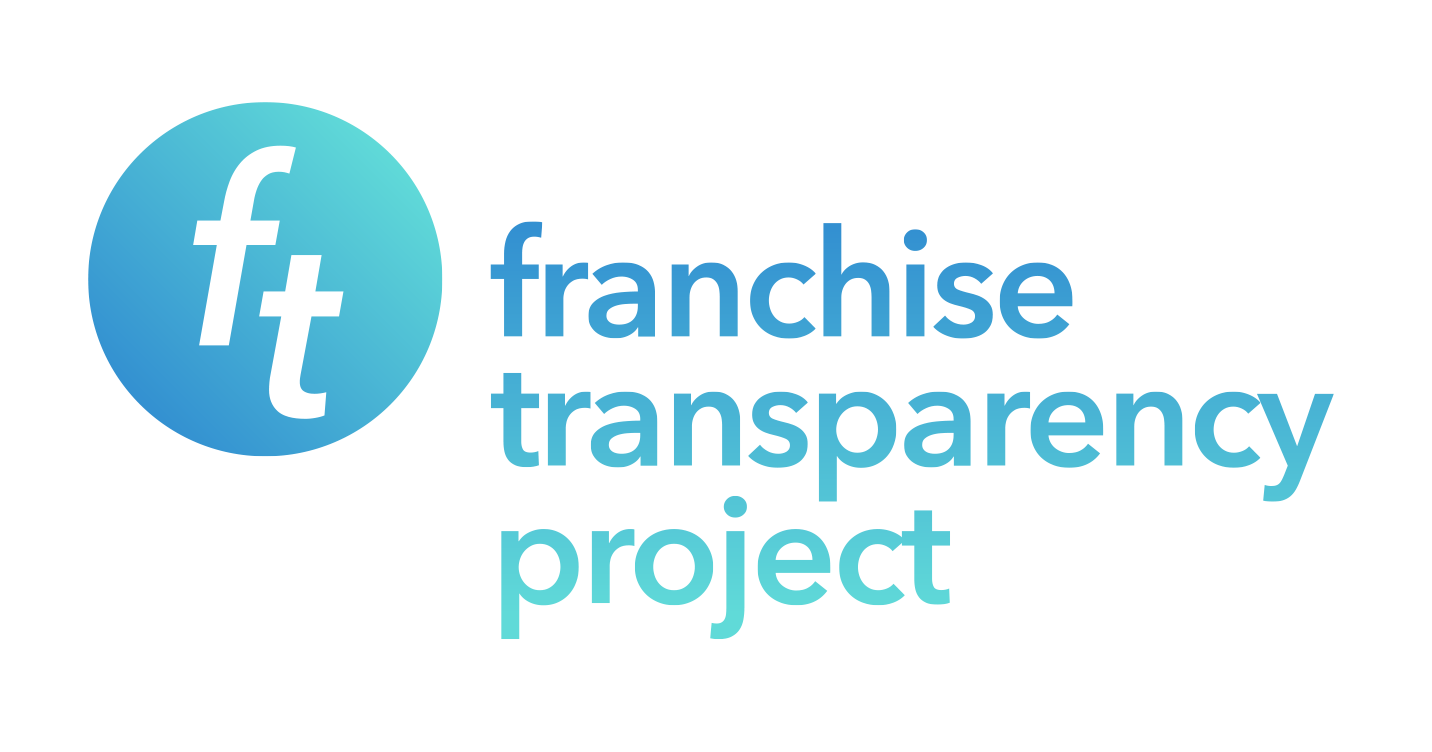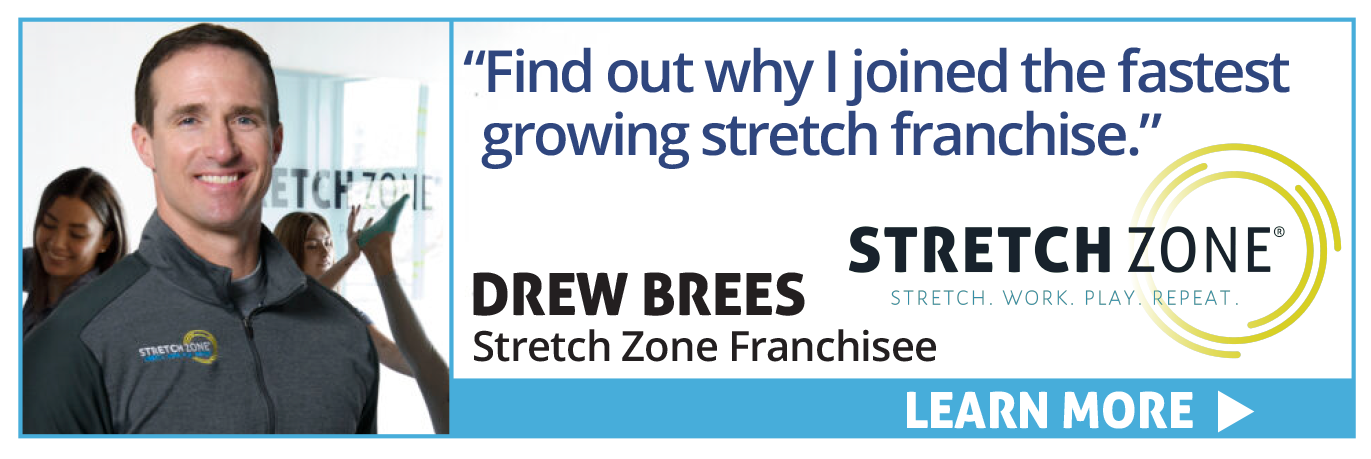0 – 24Missing fundamental, internal or external factors
Examine a franchise concept properly:
Introducing the Franchise EvaluatorTM
The Franchise Evaluator and its 14 External and Internal factors cover aspects of franchise concepts most don’t even know to ask about. We cover the Franchise Evaluator in detail in our eBook “Franchising: Decoded and Demystified”. We highly recommend you download it and read it thoroughly. Below is a high level overview.
The Franchise EvaluatorTM:
Fourteen External and Internal Factors you should be exploring on every concept.
The Franchise Evaluator is structured into 4 sections, each with several factors, organized from the largest decisions you’ll have to make down to the smaller details.
I. Market – Factors covering the overall market the franchise operates in.
II. Model – Factors covering how the business model accesses the market potential
III. Organization – Factors covering aspects of how the Franchisor is set up and operates
IV. Basics – Fundamental, yet often overlooked, aspects of a particular franchise concept from the current, publicly available Franchise Disclosure Document. Compared to competitors.
Each section contains several factors, 14 in all, examining both the internal and external considerations you’ll need to understand to give you a much more complete picture, leading you to deeper evaluation and more insightful discussions.
Understanding each of these factors will give you a rough, back-of-the- envelope way to know which factors are must-haves and which you can grant a little flexibility as you evaluate further.
I. MARKET Factors
- Market Size – What population is the concept serving? Is the market broad, niche, or somewhere in-between?
- Industry Trend – Is the industry developing or mature?
- Product & Service Drivers – What drives the purchase of the product or service? Is it a “need-to-buy” or a “want-to-buy”?
- Competitive Climate – Are competitors a major factor in operating the business? If so, is competition sparse or saturated? Will it matter to the business?
- Regulatory Climate – Are the business’s products or services regulated, or do they require licensing? Will you or your employees require special licensing? If so, is the regulatory climate strict or lax? Will this affect recruiting employees?
II. MODEL Factors
- Revenue Model – How does the franchise business operate? How does it make money? Are financial performance representations made?
- Brand Management – How is the Brand’s digital footprint managed? How well positioned is the brand among competitors? Is it differentiated enough? How well would potential customers recognize the brand? How is it projected into new markets?
- Operational Systems – How developed are the systems on which the business will rely to operate?
- Franchisee Role – What role is the franchisee expected to play in starting, ramping, and operating the business?
- Real Estate Needs – What type of location, if any, is needed to deliver the product or service? If real estate is needed, are the requirements flexible or stringent?
III. ORGANIZATION Factors
- Franchising Experience – How experienced is the franchisor at being a franchisor?
- Leadership – What is the tenure, background, and commitment of the franchise’s leadership?
- Franchisee Engagement – How often and how well does the franchisor engage franchisees?
- Financial Health – In what kind of financial shape is the franchisor?
IV. BASICS
- Investment Range (Single Unit)
- Total Initial Fees (Single Unit)
- Financial Performance Representation
- # Locations
- 3 Year % Growth in Units
- Agreement Term
- Royalty Fee
- Marketing/Brand Fund* Fee
- Territory
- Financing
- Obligations to Participate in the Actual Operation of the Franchised Business
The Franchise Evaluator Scale
25 – 49More investigation is needed
50 – 74Worth exploring further with caution
75 – 99Add to consideration set
100 – 140Sound opportunity and likely a great fit
Where does information come from for the Franchise Evaluator?
In Franchising: Decoded and Demystified, we go into detail about information sources for each one of the factors and how to use them. All of our information comes from publicly available sources, with much of it coming from current Franchise Disclosure Documents.
There are also several powerful free tools and information sources to gather data as inputs for some of the factors.
Download Franchising: Decoded and Demystified and get to know the Franchise Evaluator thoroughly.
What Does A Growth Opportunity In Franchising Actually Look Like?
 Illuminating the 12 Mysteries of Franchising and exploring concepts using The Franchise Evaluator are very useful tools for more complete understanding and deeper evaluation.
Illuminating the 12 Mysteries of Franchising and exploring concepts using The Franchise Evaluator are very useful tools for more complete understanding and deeper evaluation.
People still ask us “what does a growth opportunity in Franchising actually look like?”
We are now getting into the area of personal/professional observation, so take it with a grain of salt.
To us, a growth opportunity in Franchising has 5 macro attributes taken directly from the Franchise Evaluator.
- Market Potential – Size – Large; Demand – Necessary, not discretionary; Competitive climate – Few or no recognized brands
- Industry Growth Path – Identifying where the industry is on its growth path
– Developing, not mature - Franchise Operating Model – Low initial and ongoing operating costs; Manager-run business; Low inventory, low staff needs; Your role as a franchisee to manage your Manager, who in turn manages the systems and the operation
- Precise Operating Systems – Every aspect of operation systemized for manager-run businesses with consistent outcomes across multiple units – Simplicity is key
- Strong Franchise Leadership – A deep bench of proven franchise expertise and focus
Dive Deeper
This is just a brief overview. For a full explanation of the process, demystifying the 12 mysteries and for the Franchise Evaluator, Download Franchising: Decoded & Demystified.
Certainly let us know if you have any questions or have feedback for the FTP, our site and Franchising: Decoded & Demystified.
Contact us at [email protected]



